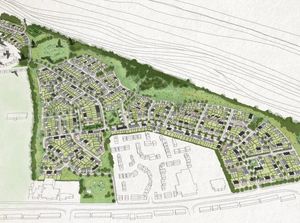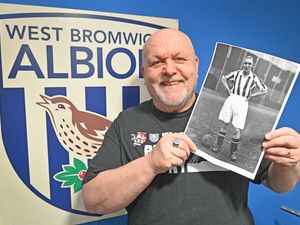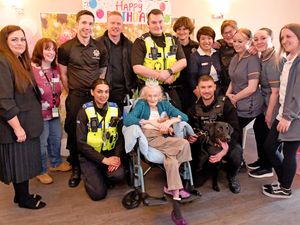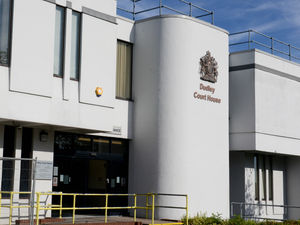Council approves officers to find developer for major housing development in Wednesbury as concerns raised
Sandwell council approved officers to find and procure a developer for a major housing development in Wednesbury, as some councillors raised concerns over inflationary costs to the project.

A long-standing, allocated housing site – referred to as Friar Park Urban Village – was debated this week at Sandwell council.
The regeneration scheme will transform a 26-hectare (67 acre) site – most of which is contaminated – into a community asset which should benefit both new and existing residents.
Sandwell council, if successful, will build 630 homes on the land, in what has been described by the local authority as the largest council-led residential development opportunity in the borough. Of those homes, 25 per cent – or 158 – will be classified as affordable homes.
Friar Park is an area with high levels of deprivation, according to the council’s own report. The urban village scheme represents a “significant opportunity for [Sandwell council] to deliver high-quality, affordable and efficient homes that would have a transformational impact on the area”.
A village green, nature areas, and a community park have also been proposed in the development. The land itself, however, is contaminated, and the conditions of the grounds have not been released by Sandwell council as it is deemed “commercially sensitive”.
Friar Park has a population density of 5,662 residents per square kilometre, according to the Office for National Statistics. 98 residents – of which 57 responded to a consultation and 41 attended a public information event – made their views known.
“Whilst turnout was low the calibre of engagement was high and issues broadly reflecting the wider views of the local community,” the council said.
The consultation acknowledged that anti-social behaviour in the estate was an “emotive” issue, and that the development itself may not provide help to alleviate the issue.
Councillor Peter Hughes, the cabinet member for regeneration and growth, said: “The master plan has been amended, where possible to overcome issues and concerns that were raised in the consultation. Also the environment skills, transport and economy scrutiny board considered a range of issues arising from the master plan and their recommendations have been incorporated into the approvals sought.
“The next stage of the delivery of the scheme involves the selection of a development partner who will remediate the site progress the development of the scheme […] This is an area of work which needs to be progressed in some detail and authority is sought for this work to be delegated accordingly.
“To summarise, therefore, the proposed development of private park will provide a major transformational opportunity which will address much needed housing and I therefore recommend that the report is approved.”
Labour councillor Jackie Taylor made a comment about the low public engagement with the project. “really important that we’re going to look at how we consult with our residents here in Sandwell in particular with this topic prior Park. I want to be able to look at how we do our consultation when and where tapping into all communities as possible,” she said.
She asked councillor Hughes to explicitly what contingencies the council had for “possible soaring cost that may be incurred over a period of time” with the project.
In response, councillor Hughes said: “I think every contract that we have and every development that we’re looking at at the moment face real problems of inflation. So this is this will be one of them, like HS2.
“But members will know that the West Midlands combined authority will have secured funding which is intended to be used towards the remediation of the site, although the exact details relating to how this funding is utilised, as still to be determined.”
Councillor Hughes also made reference to potential air quality problems with the site – situated close to the M6 and Tame Bridge rail station. Data provided to the council showed no significant air quality problems, but an exceedances of nitrogen dioxide.
“I’ve lived in that area all my life and I’ve been in within the distance of the motorway that we’re talking here actually. So you know, I’m aware of health implications,” he added.
When asked why there was such a low consultation turnout, councillor Hughes said it was a “fact of life”.
He said: “I think it’s probably the case that with many, many of these developments, that has happened on previous boards as well, when it gets down to the hard facts and people are asked to return their views and whatever way we do it, we get low responses.
“I think it’s just a fact of life. If people have got ideas as to how we can do it better, I’m sure we’re open to those sort of ideas. You can rest assured that going forward that further engagement will be planned as a scheme progresses.”
The report was approved.





